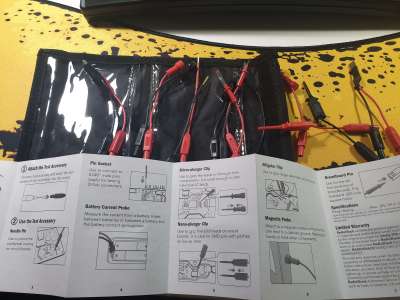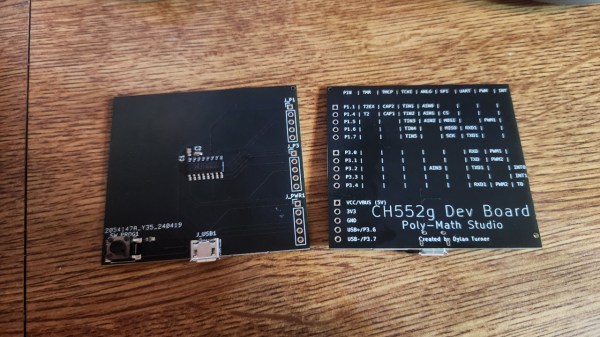This week, it was Kristina’s turn in the hot seat with Editor-in-Chief Elliot Williams. First up in the news — the results are in for the 2024 Home Sweet Home Automation contest! First and second place went to some really gnarly, well-documented hacks, and third went to the cutest pill-dispensing robot you’ll probably see before you hit the retirement home. Which was your favorite? Let us know in the comments.

Then it’s on to What’s That Sound. Kristina failed once again, but you will probably fare differently. Can you get it? Can you figure it out? Can you guess what’s making that sound? If you can, and your number comes up, you get a special Hackaday Podcast t-shirt.
Then it’s on to the hacks, beginning with a DIY cell phone sniffer and a pen that changed the world. Then we talk bullet time on a budget, the beautiful marriage of 3D printing and LEGO, and, oh yes, flexure whegs. Finally, we get the lowdown on extender probes, and posit why it’s hard to set up time zones on the Moon, relatively speaking.
Check out the links below if you want to follow along, and as always, tell us what you think about this episode in the comments!

















